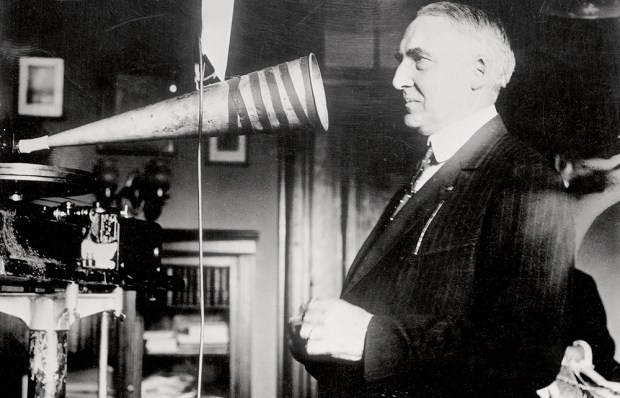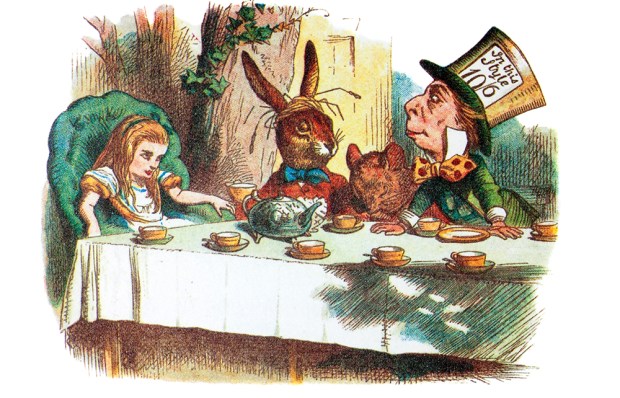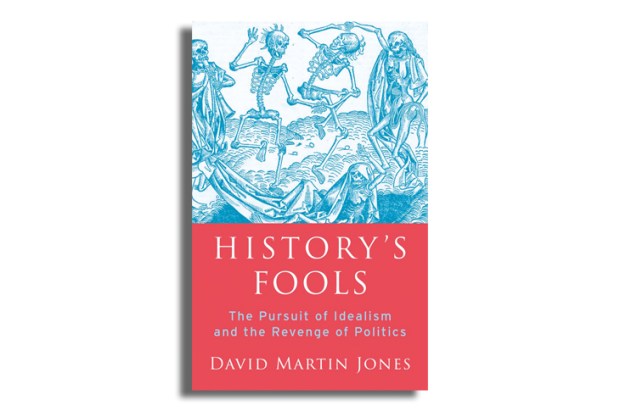‘Look, darling, a spelling mistake,’ said my husband, looking out of the window, as he had been for minutes, like a lonely old woman.
Sure enough, a van was parked in the street with a word painted on the side: Carillion. Now, an unpleasant collection of bells hit automatically by hammers is called a carillon. Carillon can be pronounced with the stress on the first syllable, with or without a Frenchified middle consonant. Or it can be pronounced to rhyme with ‘a million’, which is perhaps where people get the idea that it contains more than one i. As a trade name, you might think it perpetuates some founding father. But the company was demerged from Tarmac in 1999.
It is surprising how random are the names in the FTSE 100 index. Take Wolseley, a building materials distribution company headquartered in Zug, Switzerland. Its name comes from the Wolseley Sheep Shearing Machine Company, which promoted the invention of Frederick York Wolseley (1837–99). An engineer at the company, Herbert Austin, developed the Wolseley Autocar in 1897, and in 1901 the quite separate Wolseley Motors Limited was founded.
The motor company commissioned a grand showroom in Piccadilly from the architect William Curtis Green (later unhappily to build the Dorchester). He finished it in 1923 for £250,000, twice the company profits in 1919. Green received the first RIBA medal for the building; Wolseley went spectacularly bust in 1926. Since 2003, Wolseley House has been a swanky restaurant, some of whose clientele no doubt think it is named after Garnet Wolseley, the military commander.
There is also a popular confusion with the name Wolsey, a textile company founded in 1755, which from the late 19th century marketed its underwear with a label depicting Cardinal Wolsey.
All the time, there was a name for a textile that sounded like a trade name: linsey-woolsey, first used centuries ago, in 1483, for a mixture woven from flax and wool. The term was even applied metaphorically by a Caroline divine to the Laodicean Church — neither hot nor cold. Today you’d have to explain the reference. Unlike Carillion it won’t ring a bell.
Got something to add? Join the discussion and comment below.
Get 10 issues for just $10
Subscribe to The Spectator Australia today for the next 10 magazine issues, plus full online access, for just $10.
You might disagree with half of it, but you’ll enjoy reading all of it. Try your first month for free, then just $2 a week for the remainder of your first year.














Comments
Don't miss out
Join the conversation with other Spectator Australia readers. Subscribe to leave a comment.
SUBSCRIBEAlready a subscriber? Log in